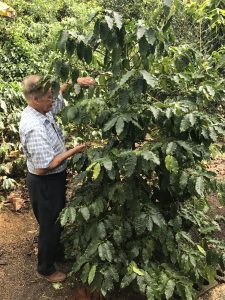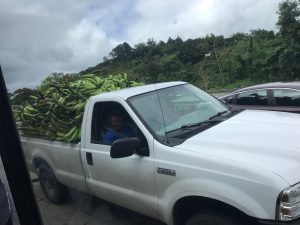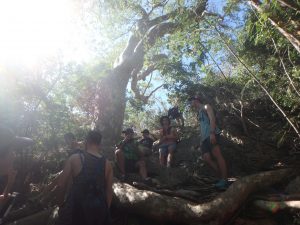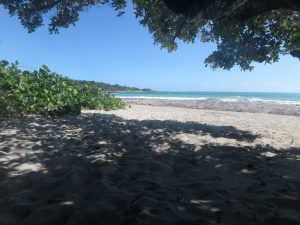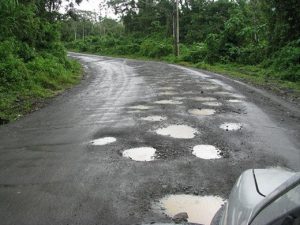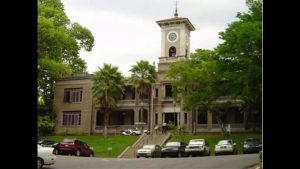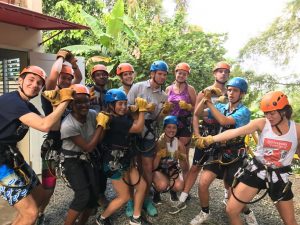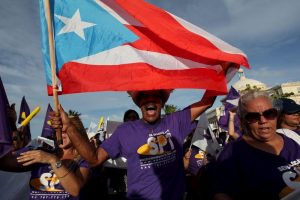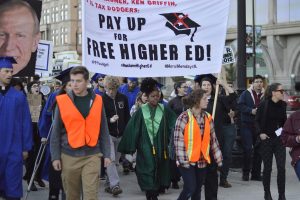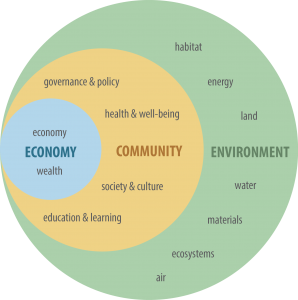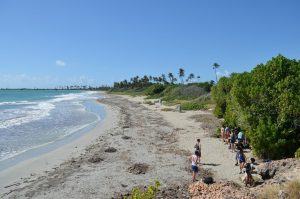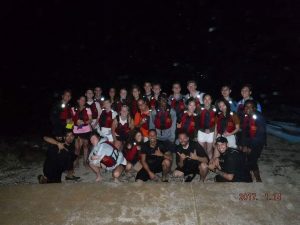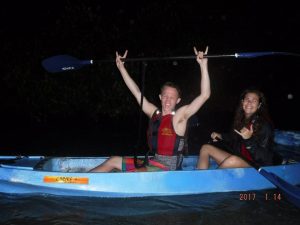Climate change greatly impacts the types and availability of the food that humans consume. A few examples the effects of climate change are: a year of not enough or too much rainfall, a hot spell or cold snap at the wrong time, or extremes, like flooding and storms, can have a significant effect on local crop yields and livestock production. Contrasting the negative effects of climate change, carbon dioxide emission could increase production of some crops, such as rice, soybean and wheat. (Ranger) Although there are some positive effects, the changing climate affects the length and quality of the growing season. Also farmers could experience increasing damage to their crops, caused by a rising intensity of droughts, flooding or fires. When events such are droughts or flooding occurs, it makes it more difficult to grow crops, raise animals, and catch fish in the same ways and same places that had been used in the past. (EPA) A prime example of a type of food source that is greatly impacted is the fishery industry in both the Illinois and Puerto Rico. Fisheries are stressed by overexploitation and pollution. Warming surface waters in the oceans, rivers and lakes, as well as sea level rise and melting ice, will adversely affect many fish species. The absorption of carbon dioxide emissions by the oceans also has a direct impact on marine ecosystems through ocean acidification. (Ranger) Along with fish, other food sources that could be affected are wheat, corn, and rice. In the case of Puerto Rico, crops such as coffee can be affected by climate change. Due to high rains and not enough sun, plants cannot flourish. Because of this, different strands of coffee beans were created in order to provide a high yield.
The food industry could have positive and negative effects on the environment. Carbon sequestration in soils leads to a possible solution of climate change. Organic agriculture can remove from the air and sequester 7,000 pounds of carbon dioxide per acre per year. In drought years, it increases yield, since the additional carbon stored in soil helps it to hold more water. In wet years, the additional organic matter in the soil wicks water away from plant roots, limiting erosion and keeping plants in place. (Dunn) Another solution is local food systems. Local food systems can help reduce agriculture’s impact on global warming even further by employing organic agricultural practices which have significant potential to help mitigate climate change and strengthen local, seasonal food systems. By maintaining certain practices such as local food systems and carbon sequestration in soils, some of the harmful effects of climate change can be fixed. In contrast, the food industry can contribute to the problem of climate change. One way this can happen is excessive production of greenhouse gas emissions from fertilizer and pesticide use. The manufacture and use of pesticides and fertilizers, fuel and oil for tractors, equipment, trucking and shipping, electricity for lighting, cooling, and heating, and emissions of carbon dioxide, methane, nitrous oxide and other greenhouse gases” bumps the impact up to between 25 and 30 percent of the U.S.’s collective carbon footprint. (Dunn) All the factors and practices that are involved in producing and selling agricultural products is a process that can greatly harm the earth. Another practice that causes a problem is land use changes and agriculture. In almost every case, land use changes result in more surface warming. Examples of land changes are deforestation and paving over green space for suburban expansion and agricultural practices. The effect of land use conversion on rising surface temps is an underestimated component of global warming.
One practice that people whom care about environmental conservation can implement immediately that will reduce climate change is unplugging or using energy efficient appliances. Unplugging electronics or appliances that are not in use save energy and money. Similarly, buying energy-efficient gadgets saves on both energy and money. (Biello) By saving on energy, the production of greenhouse gas emissions is prevented. For example, efficient battery chargers could save more than one billion kilowatt-hours of electricity which prevents the release of more than one million metric tons of greenhouse gases. One practice that can be a long term project that individuals within the environmental industry can implement in order to reduce climate change is infrastructure upgrade. Buildings worldwide contribute around one third of all greenhouse gas emissions. By installing thicker insulation and investing in other cost-effective, temperature-regulating steps, a building save money in the long run. Investing in new infrastructure would help cut greenhouse gas emissions and drive economic growth in developing countries. (Biello) Even though building new infrastructure leads to use of cement, which is a larger producer of greenhouse gas emissions, building energy-efficient buildings will benefit the world’s population. Both solutions could have a major impact on reducing the emission of greenhouse gases and therefore reducing factors that cause climate change.
Besides climate change, there are oh so many different factors that are affecting the earth. Along with factors that are occurring within nature, a majority of them are caused by humans. Some of these problems include clean water supply, enough food to supply a population and lack of resources. With populations growing, chemicals being spilled in the water a lot of resources are becoming limited. In creating complex changes, we could potentially cleanse the earth from the maladies that have been plaguing it. Slowly but surely, a change can be made.
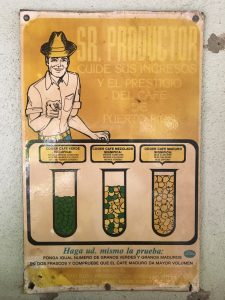
This sign, found at the coffee farm, instructs migrant workers to specifically pick a certain type of bean. Due to a parasite, some of the crops has been destroyed, therefore the onwner does not want those seeds being put through processing.
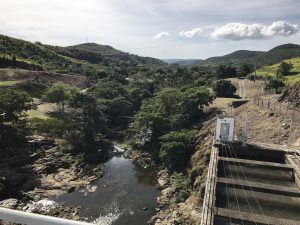
While exploring a water plant, we learned that the canals found on site were used to transport water to the surrounding farms.
Works Cited
Biello, D. (2007, Novermber 26). 10 Solutions for Climate Change . Retrieved from Scientific American: http://www.scientificamerican.com/article/10-solutions-for-climate-change/
Dunn, C. (2009, November 19). 6 Ways Agriculture Impacts Global Warming. Retrieved from Tree Hugger: http://www.treehugger.com/green-food/6-ways-agriculture-impacts-global-warming.html
EPA. (2016, August 9). Agriculture and Food Supply. Retrieved from United States Environmental Protection Agency : https://www3.epa.gov/climatechange/impacts/agriculture.html
Ranger, N. (2012, October 12). How will Climate Change Affect Food Production? Retrieved from The Guardian: https://learn.illinois.edu/course/view.php?id=18362


